
When “The Centaur of the North,” Pancho Villa, first met Emiliano Zapata in December 1914, he famously wore an English pith helmet (above), while Zapata wore his signature sugarloaf sombrero.
– COURTESY LIBRARY OF CONGRESS –
Although Pancho Villa—whose real name was Doroteo Arango—is the best-known figure of the Mexican Revolution, Villa would perhaps never have gained such recognition were it not for Porfirio Díaz.
In many respects, Díaz was an outstanding, accomplished president. To a large extent, he modernized the country, opened schools and encouraged business. One of his greatest achievements involved lacing the nation with railroads, which exposed the country to additional trade, particularly with its northern neighbor, the United States, a powerhouse otherwise known— and often feared—throughout Mexico as the “Northern Colossus.”
Despite his initial popularity, most historians today consider Díaz as corrupt as the government he led. Little economic improvement filtered down. While Díaz brought relative peace to Mexico, he also brought centralized tyranny.
Revolt Against President Díaz
As president of Mexico since May 1877 (aside from stepping aside for one term), Díaz found himself confronted by sporadic, northern Mexico revolutionary outbreaks in mid-October 1909. A year later, for Mexico’s celebration of its centennial of independence from France, President Díaz invited the world’s most powerful and wealthy to the capital, plying them with imported delicacies and pageantry. But this man, whose Mexican bloodline also was predominately Indian, ordered other Indians off the streets, lest their poverty offend visitors.
Denne historien er fra November 2020-utgaven av True West.
Start din 7-dagers gratis prøveperiode på Magzter GOLD for å få tilgang til tusenvis av utvalgte premiumhistorier og 9000+ magasiner og aviser.
Allerede abonnent ? Logg på
Denne historien er fra November 2020-utgaven av True West.
Start din 7-dagers gratis prøveperiode på Magzter GOLD for å få tilgang til tusenvis av utvalgte premiumhistorier og 9000+ magasiner og aviser.
Allerede abonnent? Logg på
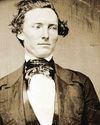
FIREARMS COLT WALKER 47
THE LEGENDARY HANDGUN THAT REALLY WON THE WEST
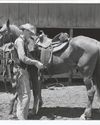
HERITAGE TRAVE
THE AMERICAN WEST IN ALL ITS GLORY OUR ANNUAL FAVORITES LIST CELEBRATES DESTINATIONS ACROSS THE WESTERN UNITED STATES.

Wild Turkey, and Not the Drinkin' Kind
The actual bird was a favorite of pioneers.
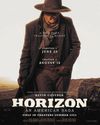
THE PASSION PROJECTS OF THE MODERN WESTERN
A YEAR OF UNDERRATED EXCELLENCE
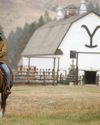
WESTERN BOOKS THEN AND NOW
THE STATE OF WESTERN HISTORY AND FICTION PUBLISHING IN 2024 IS ONE OF GRIT AND DETERMINATION.
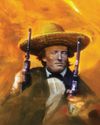
SAMUEL WALKER VALIANT WARRIOR
While a prisoner at the castle of Perote, Walker was put to work raising a flagpole. At the bottom of the hole, Walker placed a Yankee dime, vowing to someday come back and retrieve it, at the same time exacting revenge on his Mexican captors. In the summer of 1847, when Walker's mounted riflemen returned and routed Santa Anna's guerillas, the young captain kept his promise and got his dime back.
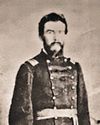
THE BATTLE OF CENTRALIA
ON September 27, 1864, Bloody Bill Anderson and about 80 men took over the small railroad village of Centralia, looting stores and discovering a barrel of whiskey that they hauled out into the street. Wild enough when sober, they soon were roaring drunk.
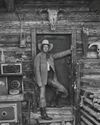
THE MAN WHO SHOOTS THE WEST
Jay Dusard is a living American photographer who has made Arizona his home for over 60 years, seeing it first in 1960 on a visit, moving here for good in 1963.
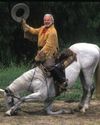
A TRUE WESTERNER INDEED PHIL SPANGENBERGER 1940-2024
Spangenberger had Nevada trained to bow by the legendary horse trainer, Glenn Randall, who trained Roy Rogers' Trigger, Gene Autry's Champion, Rex Allen's Koko and the Ben Hur chariot horses, among other great equines.

Where Did the Loot Go? - This is one of those find the money stories. And it's one that has attracted treasure hunters for more than 150 years.
Whatever happened to the $97,000 from the Reno Gang's last heist? Up to a dozen members of the Reno Gang stopped a Jeffersonville, Madison and Indianapolis train at a watering station in southern Indiana. The outlaws had prior intelligence about its main load: express car safes held about $97,000 in government bonds and notes. In the process of the job, one of the crew was killed and two others hurt. The gang made a clean getaway with the loot.